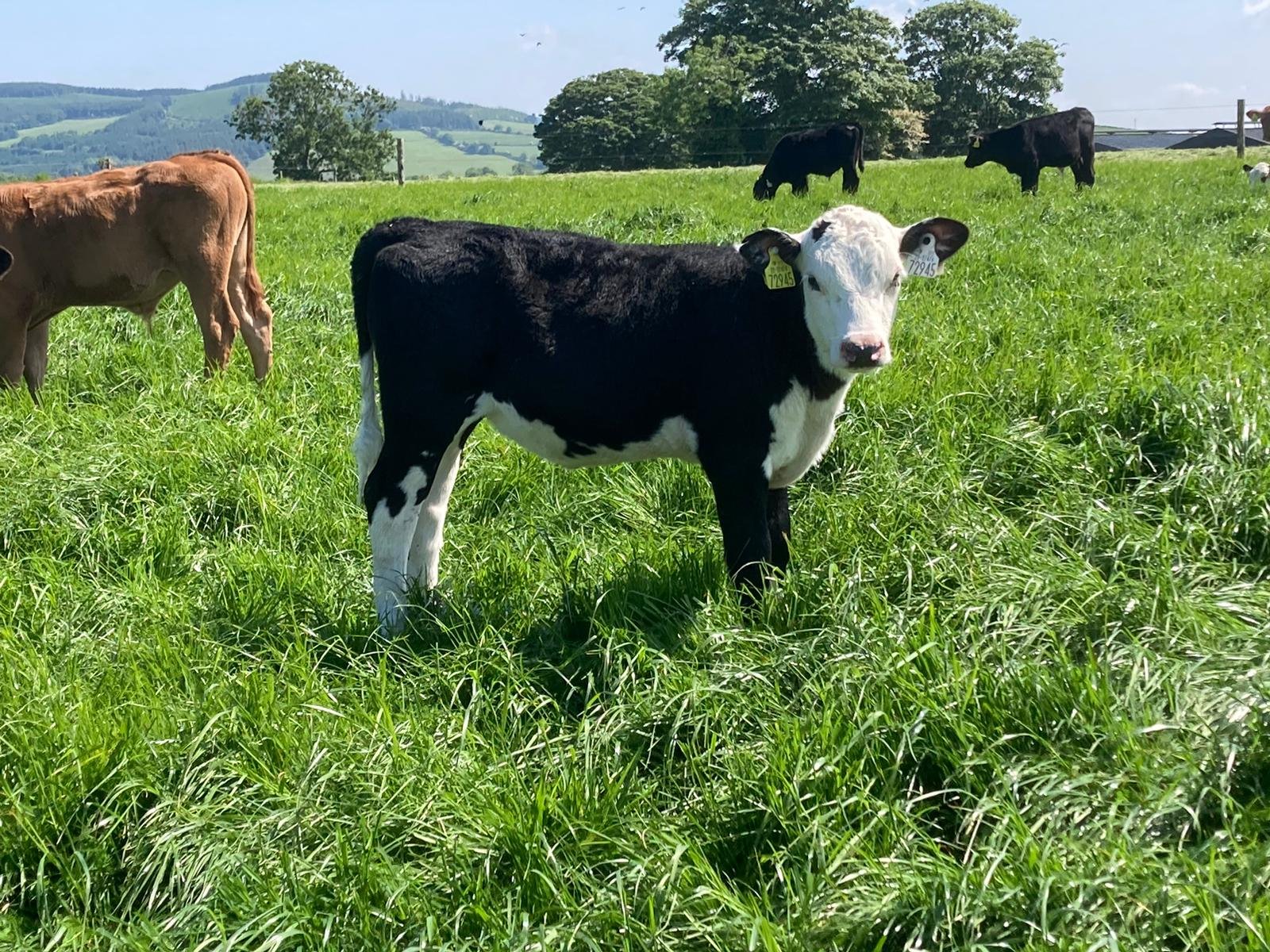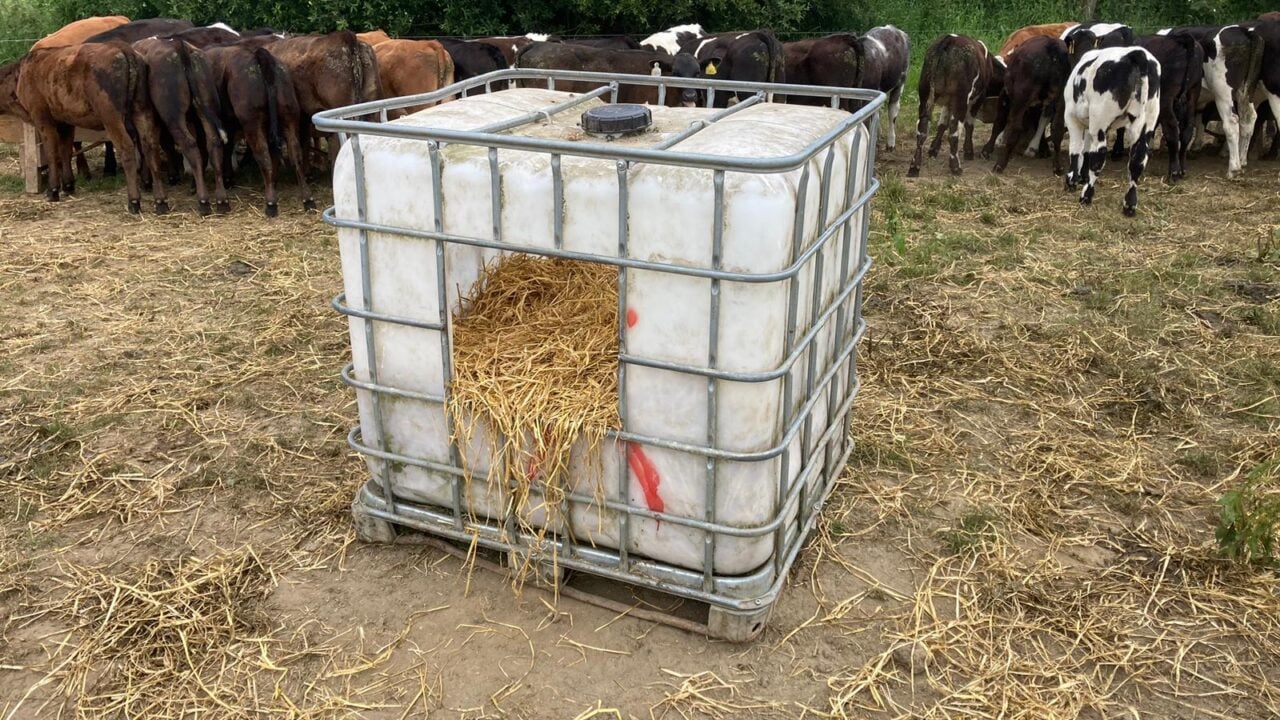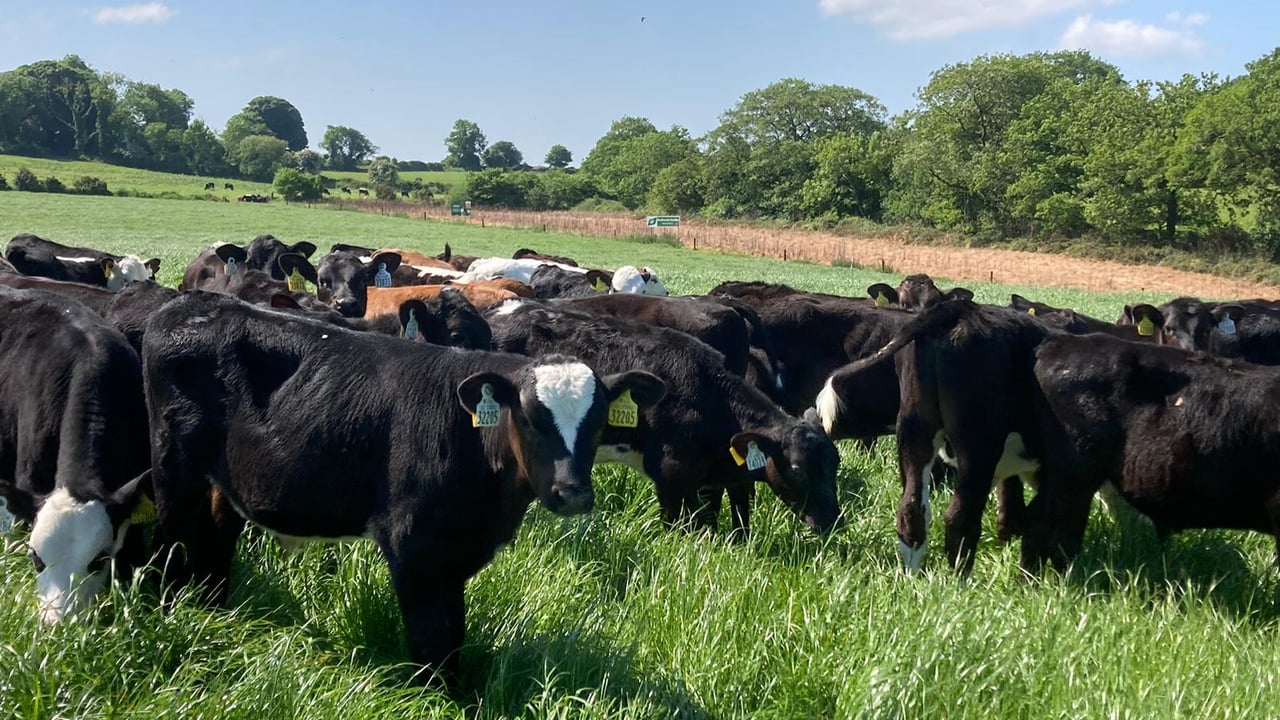Advantage Beef Programme

ABP Food Group's Advantage Beef Programme farm liaison officer, Sean Maher explained that a new protocol is being trialled in the calf-rearing strategy on the farm this year to tackle incidents of summer-scour syndrome.
This year, calves reared on the farm remained housed for an average of 46 days post-weaning.

Maher said: "This is a new protocol for us as we try to combat summer scour syndrome in the calves.
"We’re hoping the stronger calves going to grass will be more capable of adapting to their new diets. This has added cost to our system, but we’re hoping it will pay off in the long-term."
Like many farms that are in the business of rearing calves, the ABP Demo Farm has had issues over the past number of years with summer scour syndrome in calves during their first season at grass.
Maher noted that “it very rarely affects the first calves turned out to grass each season" and said “we think this may be due to the fact they have time to adjust to their diet post-weaning".
Initial indications are showing a positive outcome from the trial, as there has been no incidents of summer sour in the calves on the farm this year.
The table below outlines some of the key statistics from the calf-rearing season on the ABP Demo Farm to date this year:
| Sex | Arrival weight | Weaning weight | Days on milk | Turnout weight | ADG arrival - turnout | ADG weaning - turnout | Kg milk replacer |
|---|---|---|---|---|---|---|---|
| Female | 57.1kg | 84.9kg | 45 | 127.7kg | 0.77kg | 0.92kg | 27.1kg |
| Male | 60.8kg | 89.7kg | 44 | 132.5kg | 0.80kg | 0.93kg | 26.6kg |
| Average: | 59.2kg | 87.6kg | 45 | 130.4kg | 0.78kg | 0.92kg | 26.8kg |
Over 400 calves were reared on the farm this year and the mortality rate at the calf-rearing stage on the farm this year was below 1%.
Straw is remaining in the calf diets at grass this year and calves are currently being fed 1.5kg of concentrates/head/day at grass. This level of feeding will be dropped to 1kg concentrates/head/day before the end of the month.

Maher explained that the aim is to target pre-grazing covers of 1,500kg of dry matter (DM)/ha, which leaves a sward with a higher source of fibre available for calves to graze.
240 of the calves have been treated with a white wormer and have received their infectious bovine rhinotracheitis (IBR) vaccine.
Dung sampling will be carried out before weaning to monitor the worm burden in the calves and identify if anthelmintic treatment is needed.
The 2024-born calves were last weighed on Wednesday, June 26, and had an average weight of 145kg. On June 16 of last year, the 2023-born calves had an average weight of 125kg.
With the 2023 calf-rearing season now wrapped-up on most farms across Ireland, now is a good time to review how the season went on an individual farm basis.
It can be beneficial for farmers who are in the business of rearing calves to take note of what aspects of calf rearing on their farm were successful and what aspects that the farm could improve on.
It is often best to take note of these now, as it gives time to consider any potential changes that could be made to streamline and improve the efficiency of the calf-rearing enterprise on the farm for next year.
